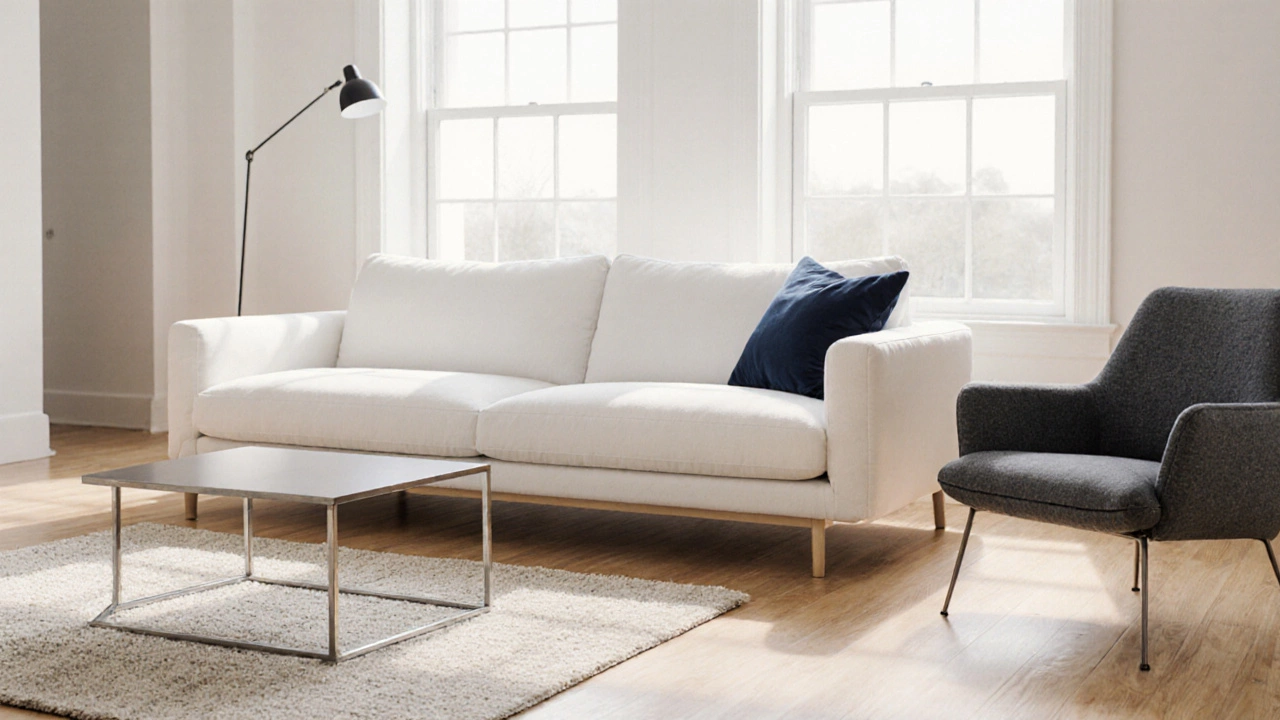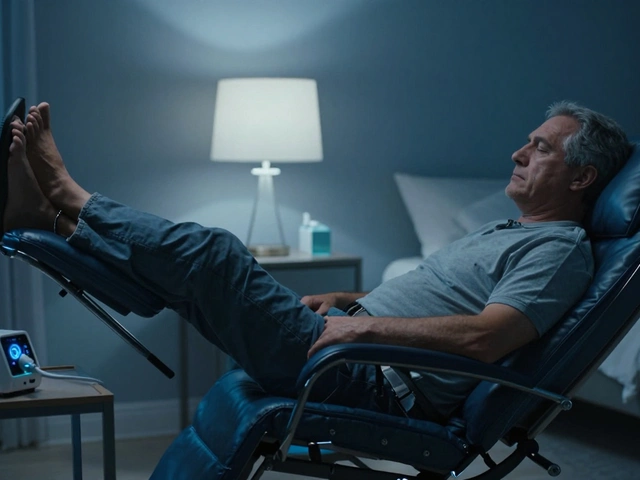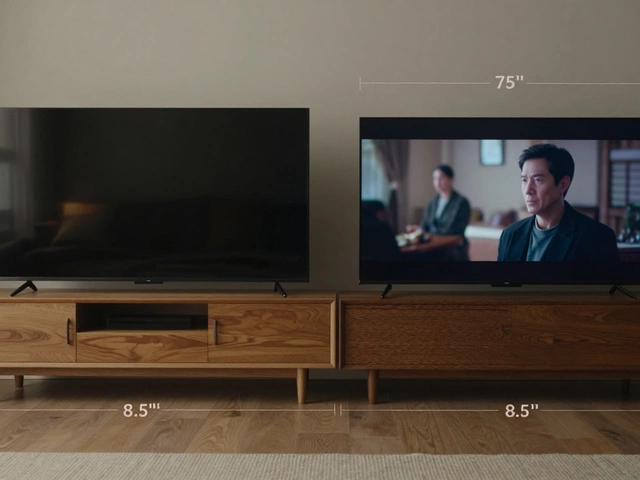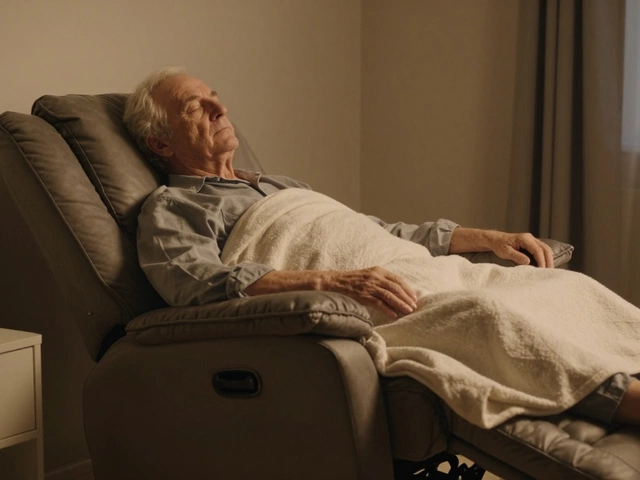Classic Furniture Hues: Timeless Color Ideas for Every Home
When working with classic furniture hues, the traditional color schemes that never go out of style, often rooted in historic palettes and natural pigments. Also known as traditional furniture colors, they create a calm, elegant backdrop for any room. A key companion is neutral colors, soft shades like beige, ivory, and taupe that blend seamlessly with wood and metal finishes, which help maintain visual balance. Another popular choice is gray paint, a versatile hue that can make spaces feel larger or cozier depending on undertones. Finally, couch color palettes, the range of colors used for sofas and armchairs, often selected to anchor the overall hue scheme.
Understanding classic furniture hues starts with recognizing how they encompass neutral colors. Neutral tones act as a canvas; they possess high light reflectance (often above 70%) and low chroma, which makes other accents pop without fighting for attention. In practice, pairing a beige wardrobe with a deep‑blue accent wall creates a layered look that feels both grounded and lively. The attribute‑value pair “lightness = high, saturation = low” is what gives neutral colors their timeless quality, and it’s why interior designers keep reaching for them when crafting a lasting look.
Key Factors for Picking Classic Hues
Choosing the right gray paint shade expands your space, a fact backed by visual perception research. Light gray with cool undertones (blue‑gray) reflects more ambient light, effectively increasing perceived room size by up to 15%. Conversely, warm gray (greige) adds intimacy to larger rooms. The semantic link here is clear: gray paint influences room scale, and the attribute “undertone” determines the value “spaciousness vs. coziness.” When you match gray walls with a sofa from the couch color palettes, you set a mood that syncs the entire floor plan.
Couch color palettes are more than just fabric choices; they dictate the rhythm of a bedroom or living area. A navy sofa against classic walnut nightstands introduces depth, while a light‑gray sectional paired with white trim amplifies an airy feel. The attribute “color intensity” paired with “room function” creates a value matrix: high intensity for focal pieces, low intensity for background furniture. This relationship helps you decide whether a bold statement piece or a muted base works best in your space.
All of these ideas converge in the practical guides below. Whether you’re looking for moisture‑control tricks for stored furniture, the best anchor for a heavy bookcase, or tips on protecting patio pieces, the articles in this collection build on the same core principle: smart color choices make any furniture solution more effective and enjoyable. Dive into the posts to see how classic hues work hand‑in‑hand with functional design, and discover step‑by‑step advice that turns theory into a room you’ll love.
Timeless Furniture Colors: A Complete Guide to Ever‑Green Shades
Discover the most timeless furniture colors, how to use them, and maintenance tips to keep your pieces looking fresh for years.







